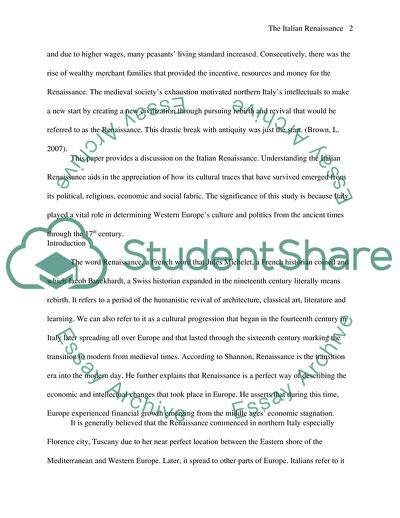Cite this document
(Wester Civilization: The Italian Renaissance Research Paper, n.d.)
Wester Civilization: The Italian Renaissance Research Paper. Retrieved from https://studentshare.org/history/1733147-wester-civilization-ii-paper-essay
Wester Civilization: The Italian Renaissance Research Paper. Retrieved from https://studentshare.org/history/1733147-wester-civilization-ii-paper-essay
(Wester Civilization: The Italian Renaissance Research Paper)
Wester Civilization: The Italian Renaissance Research Paper. https://studentshare.org/history/1733147-wester-civilization-ii-paper-essay.
Wester Civilization: The Italian Renaissance Research Paper. https://studentshare.org/history/1733147-wester-civilization-ii-paper-essay.
“Wester Civilization: The Italian Renaissance Research Paper”. https://studentshare.org/history/1733147-wester-civilization-ii-paper-essay.


